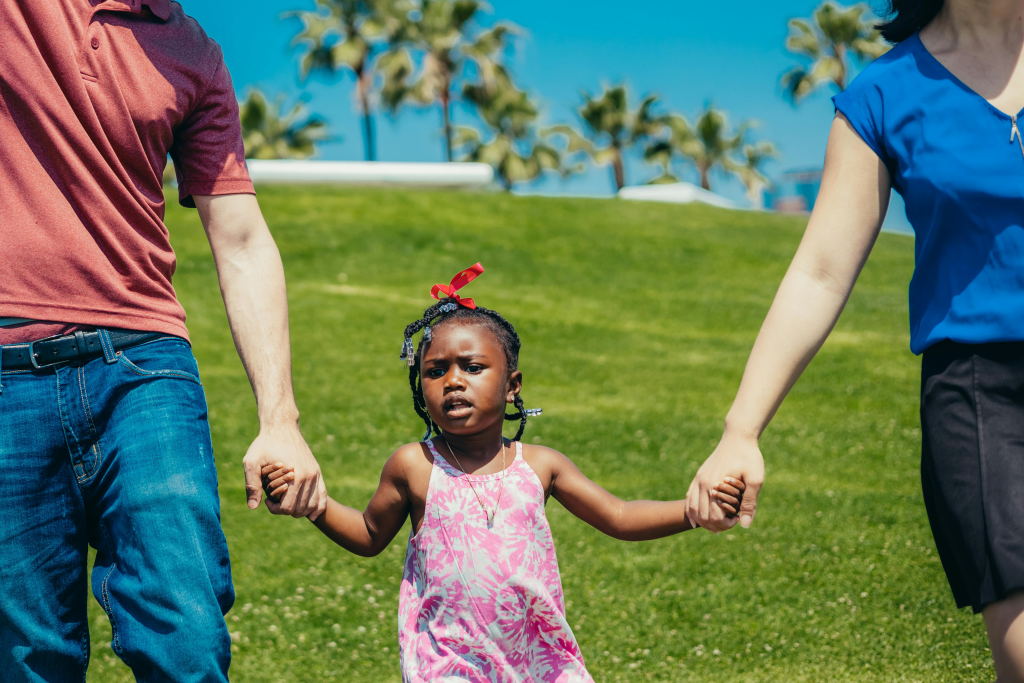
Your Black child is not supposed to be your first Black friend. That truth, shared by adoption activist Angela Tucker, strikes at the very center of transracial adoption. Love alone is not enough raising a Black child in a white household requires entering their world, not inviting them into yours.
For decades, studies and lived experiences have shown that Black adoptees in white families face the following specific challenges: identity crises, cultural disconnection, and growing up racist in settings where they may be the only person of color. However, there are stories of healing, joy, and resilience where adoptive parents engage seriously in cultural competence and mindful connection.
From adoptees themselves and experts’ observations, below are nine strong lessons that can challenge white adoptive parents and anyone who is part of a Black child’s support network to create a home where racial identity is constructed, rather than erased.

1. Cultural Exposure Can’t Be Optional
Most adoptees reported having absolutely no substantial connection to Black culture no models, no society, no respect for heritage. Research confirms racial-ethnic socialization as a way of healthier identity formation. Which is more than going to a festival or reading a book; it’s integrating culture into daily life. One adoptee recalled her mom taking her to Black churches, salons, and events, where she said, “She always encouraged me to find the answers I needed.” Parents who model this way let their children know that to be Black is something to be proud of not to be denied or concealed.
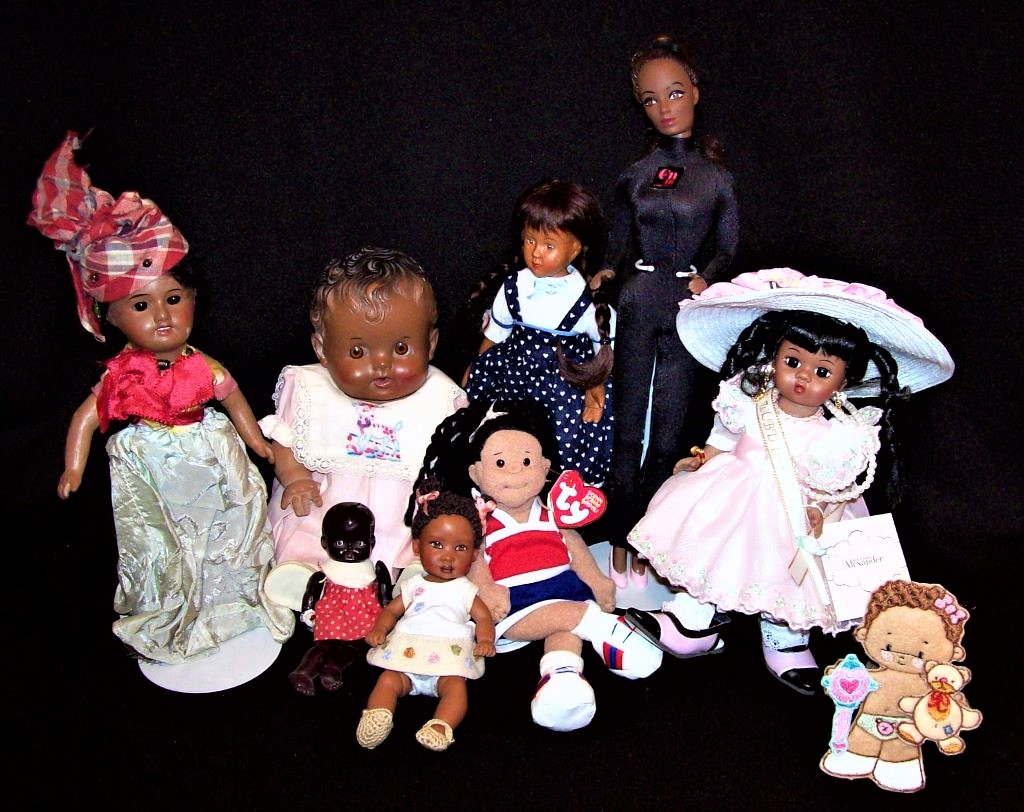
2. Representation Begins at Home
From the dolls on the shelf to the pictures on the walls, children notice who is and isn’t represented. Tucker remembers her mother looking for Black Cabbage Patch dolls in the 1980s for all of her kids, telling her that Blackness is beautiful and something to be celebrated. Another adoptee remembered her parents listening to music by Black artists and reading books by Black authors, and she felt noticed. Representation within toys, films, and home decor isn’t superficial it’s identity-constituting.
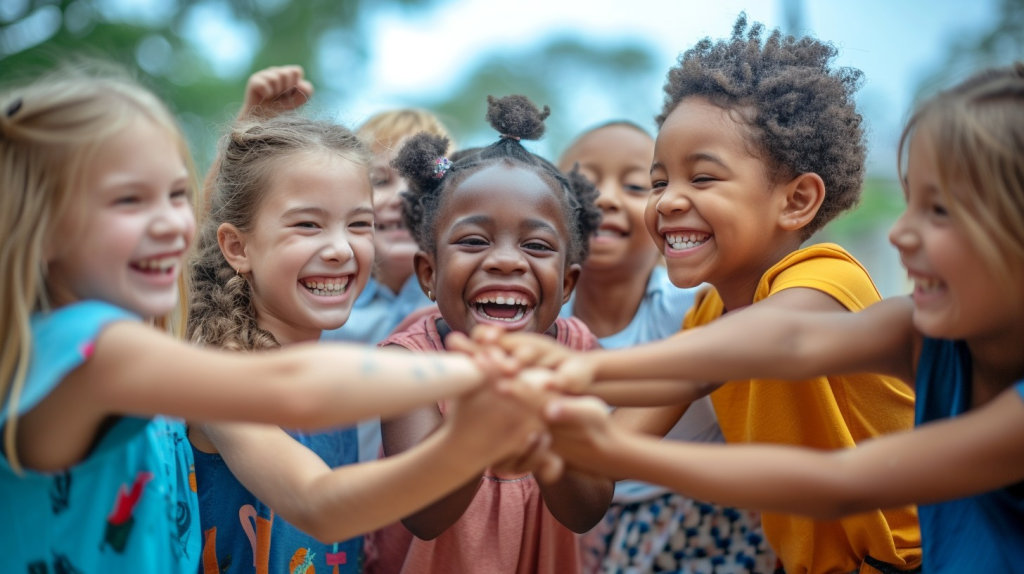
3. Establish a Multicultural Village Before You Adopt
Adoptees strongly reiterated that parents need to have Black friends, guides, and community prior to adopting a Black child. Otherwise, children might find themselves with no trusted grown-ups who get their racial experience. As one adoptee phrased it, “You shouldn’t adopt a Black child unless you have Black people in your life.” It’s not tokenism it’s so your child has access to a network reflecting and getting them.

4. ‘Colorblindness’ Hurts More Than It Helps
Well-meaning things like “I don’t see color” give me the heebie-jeebies because they make me feel invisible. One adoptive mother wrote about having to remind a teacher, “If you don’t see color, you don’t see my son. Period.” Not seeing race does not keep kids away from racism it keeps them away from learning how to survive it. Specialists like Valerie Harrison point out that building strong racial identity has to include adults being able to see and acknowledge a child’s Blackness, not to negate it.

5. Hair Care Is Cultural Care
Hair loomed large in the adoptees’ stories a source of pride at times, and sorrow at others. A woman remembered having her hair trimmed because her parents didn’t know what to do with it; one of another’s mothers learned how to braid and work with her curls, and it was an experience that brought them together. Seeking out Black stylists or learning the way properly has nothing to do with appearance it has to do with showing respect for heritage and not projecting that natural textures are something that needs to be changed.
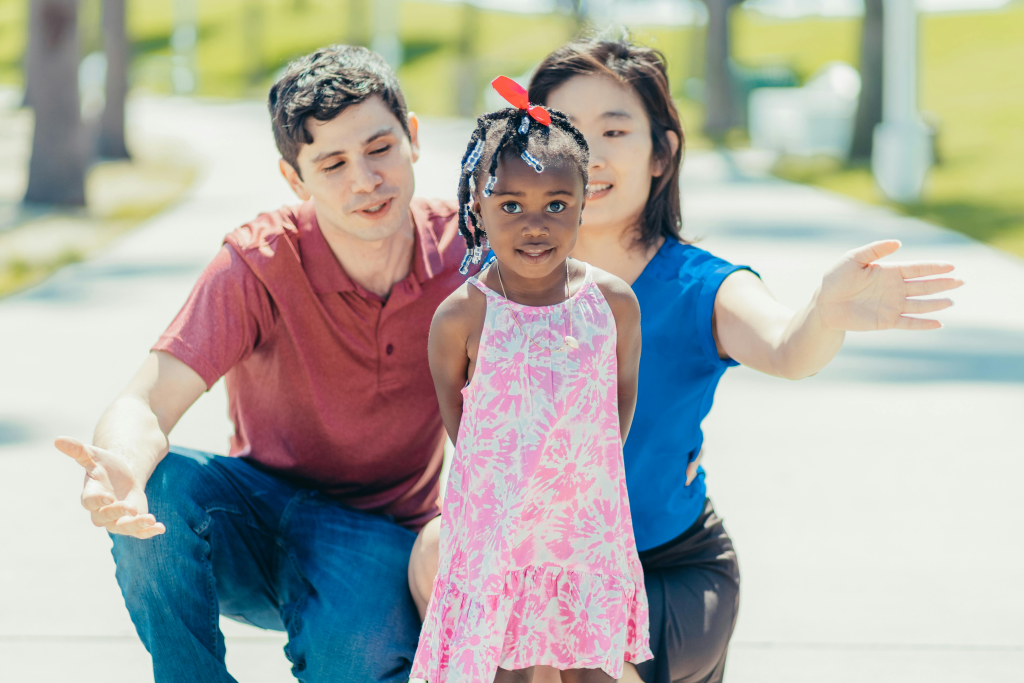
6. Get Ready for Racism Even in Your Own Family
Some experienced microaggressions and outright racism from distant family members. Tucker advises adoptive parents set strong boundaries “If you have a racist uncle, he needs to go.” Making your child safe involves pushing back against bias within your circles, not accepting it. It also involves advocating for them in schools, sports teams, and medical settings where stereotypes generate expectations or influence treatment.
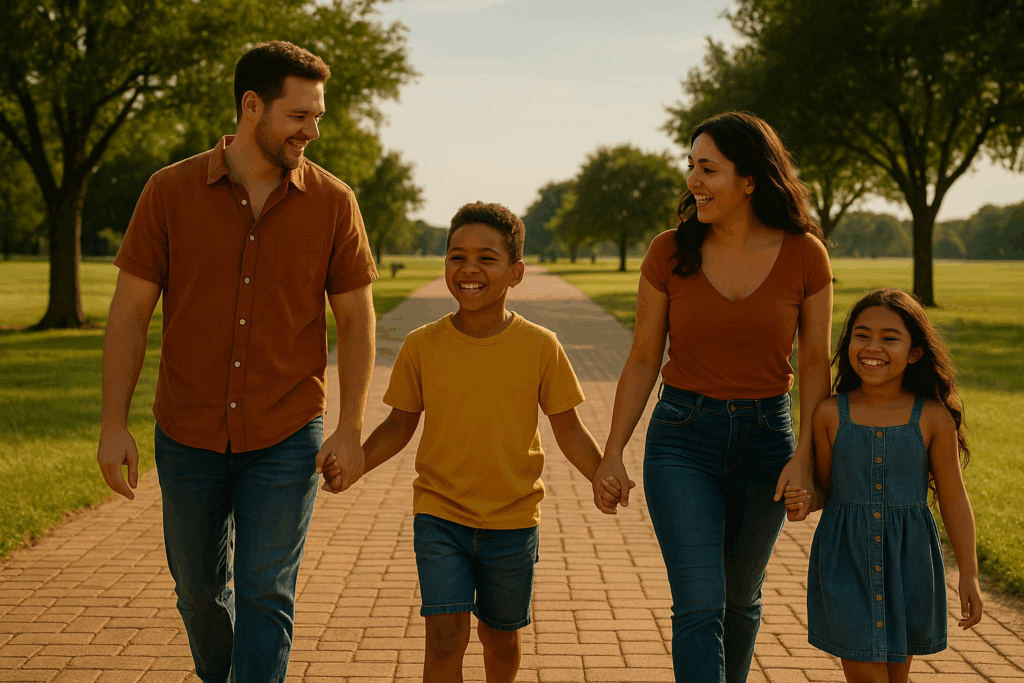
7. Practice Cultural Discovery Without Guilt
Some adopted kids said they felt guilty to seek out birth family ties or information about where they came from, as if they were cheating. Others thrived because parents created a supportive situation for it. One man described how his parents were “always excited about the possibility” of him finding his birth family. That kind of support makes kids feel like they are whole people and deserve to find and claim all of themselves.
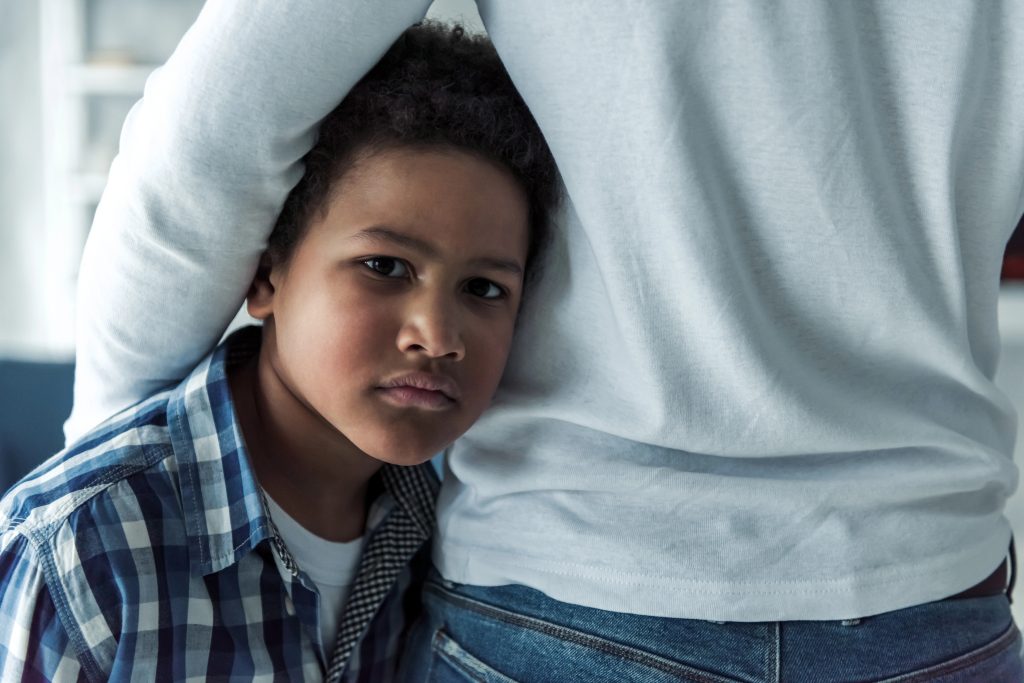
8. Learn Adoption Trauma
Even when adopted into families, adoptees tend to bring loss and grief from the initial separation. As one adoptee once said, “That separation right then and there is a trauma that your body remembers although you do not remember it.” Witnessing it is not condoning anger, withdrawal, or identity problems as ingratitude. On the contrary, it’s listening to them without judgment and, if needed, sending them to adoption-aware therapists better still, of the same racial background.
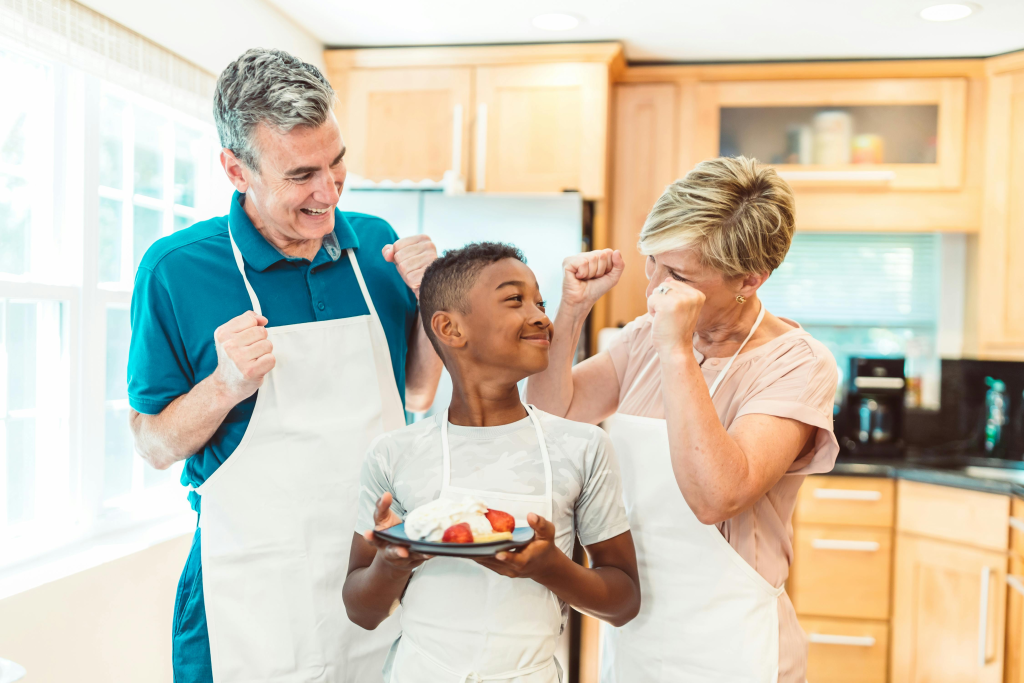
9. Practice Lifelong Learning
Transracial adoption is not a single decision it’s a constant process of self-learning and cultural humility. It may look like moving to a more diverse community, attending racial justice workshops, or having tough conversations with yourself about your own bias. One African-American adoptee-activist explained it this way: “Learn the child’s culture in advance. Teach culture to the child. Understand how difficult it is for the child not to look like you.” The work just keeps on going; it just shifts as your child grows older.
The studies and stories are clear: it’s not love that makes transracial adoptive success it’s intention. White mothers and fathers with Black children must carve out space where their child’s race is seen, their culture is lived out, and their safety emotional and physical is protected energetically. It’s done, it doesn’t simply produce a self-assured, engaged child; it produces a family culture of truth, respect, and belonging.


